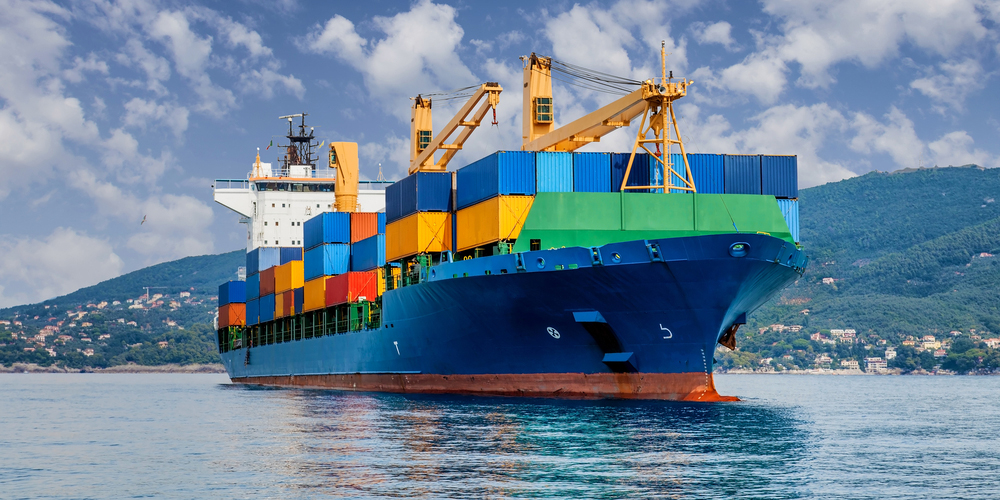International Shipping
International shipping has become increasingly critical as businesses expand supply chains globally. It remains one of the highest cost factors for companies that import and export products. Shipping costs include both the direct and indirect costs of transporting products from their point of origin to their destination market. According to the United States Department of Commerce:
1. Average travel time for a container vessel from Asia to the U.S. is between two weeks and a month. Hey, boats take time.
2. Documentation, customs clearance, handling, and inland shipping can add 17 to 33 days to the total shipping time from most emerging market regions and another 6 days once goods reach the United States.
3. Total shipping costs for importing goods include transit costs from the manufacturer to the foreign port of exit, the port of exit to the U.S. port of entry and the port of entry to the final destination. These costs are in addition to the carrying costs associated with having inventory in transit.
Businesses know that any delay in international shipments can have a significant impact on their bottom line. Global competitors have made it even harder for U.S. companies to compete due to reduced manufacturing and labor costs, combined with government subsidies that lower the cost of raw materials. This has driven a significant volume of manufacturing overseas. Most imported goods travel by land or sea, less than 1% of the total imports by weight arrive by air which is 12 to 16 times more expensive than ocean freight according to the World Bank. To have a big picture of overall shipping costs, businesses should take into consideration all associated costs such as container fees, packaging, terminal handling and broker fees.
However, resourceful companies are still finding ways to save in this area. Here are some tips and resources that can help to increase your company’s international shipping efficiency:
Increase Credibility
Be educated on international shipping laws. By demonstrating that you have the proper security measures in place to become a trusted trader, you will gain confidence from the U.S. Customs and Border Protection’s (CBP) Customs Trade Partnership Against Terrorism (C-TPAT) program, reducing the likelihood of inspections and border delays.
Better Quality Control
If there are any problems with the final goods delivered to the U.S. or if a resupply is needed, it can be nearly impossible to receive a new shipment in time. As a company, the packaging of products should be an airtight process to reduce issues before they happen. Good quality control can ensure your shipments are packaged properly so they are able to pass through the appropriate checkpoints so you don’t lose any time on your shipments.
Know International Laws
The overall quality of the foreign transportation infrastructure that includes roads, rail, ports and air networks varies across countries and has a direct effect on the total time and cost of shipping. Consult the World Economic Forum’s latest Global Competitiveness Report to become familiar with each country’s infrastructure which reports data on 144 countries worldwide. The report scores the international manufacturing sector on transportation infrastructure, electricity generation and telecommunications. Many countries engage in infrastructure improvement projects so reference it often as changes occur. Export times from the U.S. are highly competitive with other countries.
Use Third Party Experts
Working capital and international shipping rates can slow a company down. Utilizing third party logistics companies with knowledge of various international shipping means, global tariff and tax issues, international shipping laws and local knowledge of shipping methods can help to reduce the time and cost of establishing a company’s supply chain. They can help you sort out which shipping methods make the most sense for your products. They are also usually current on union strike issues that may have an effect on a certain shipment method and be able to reroute your shipments to a more appropriate carrier if necessary.
Companies should calculate various transportation scenarios before making a final decision on shipping products internationally to assess how they may be able to reduce shipping times without losing money. All variables such as freight costs, infrastructure, duties and regulatory costs and delays should be taken into account to arrive at the most accurate calculations. Knowledge is key to assessing which international shipping strategy will work best for your company.



